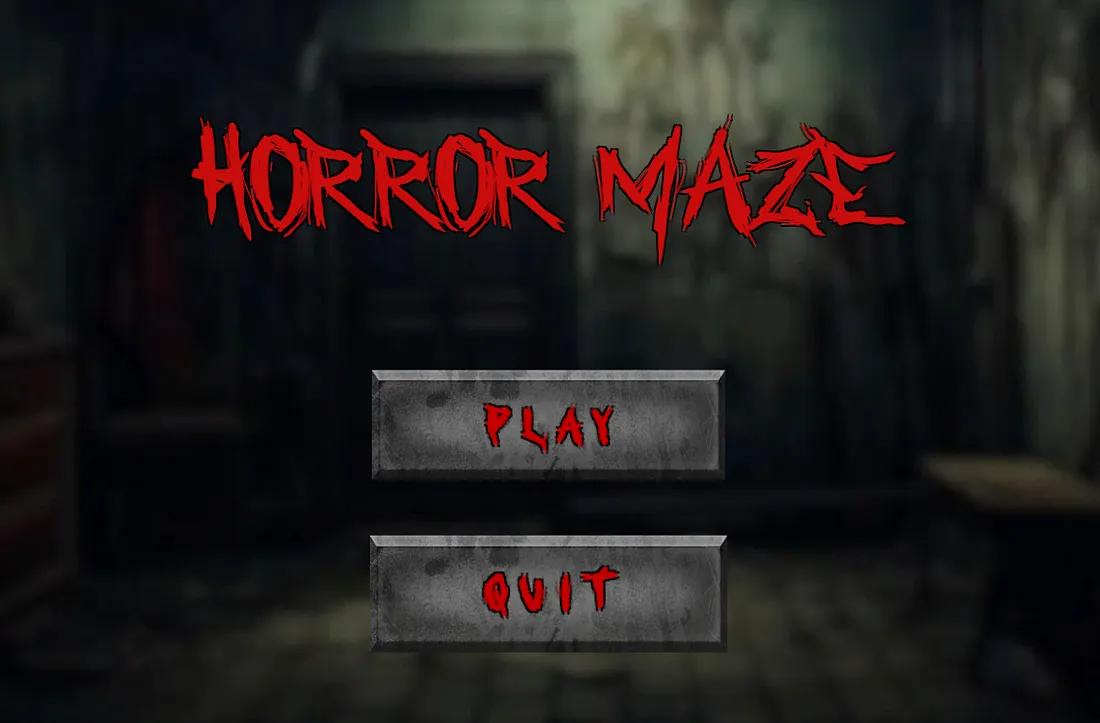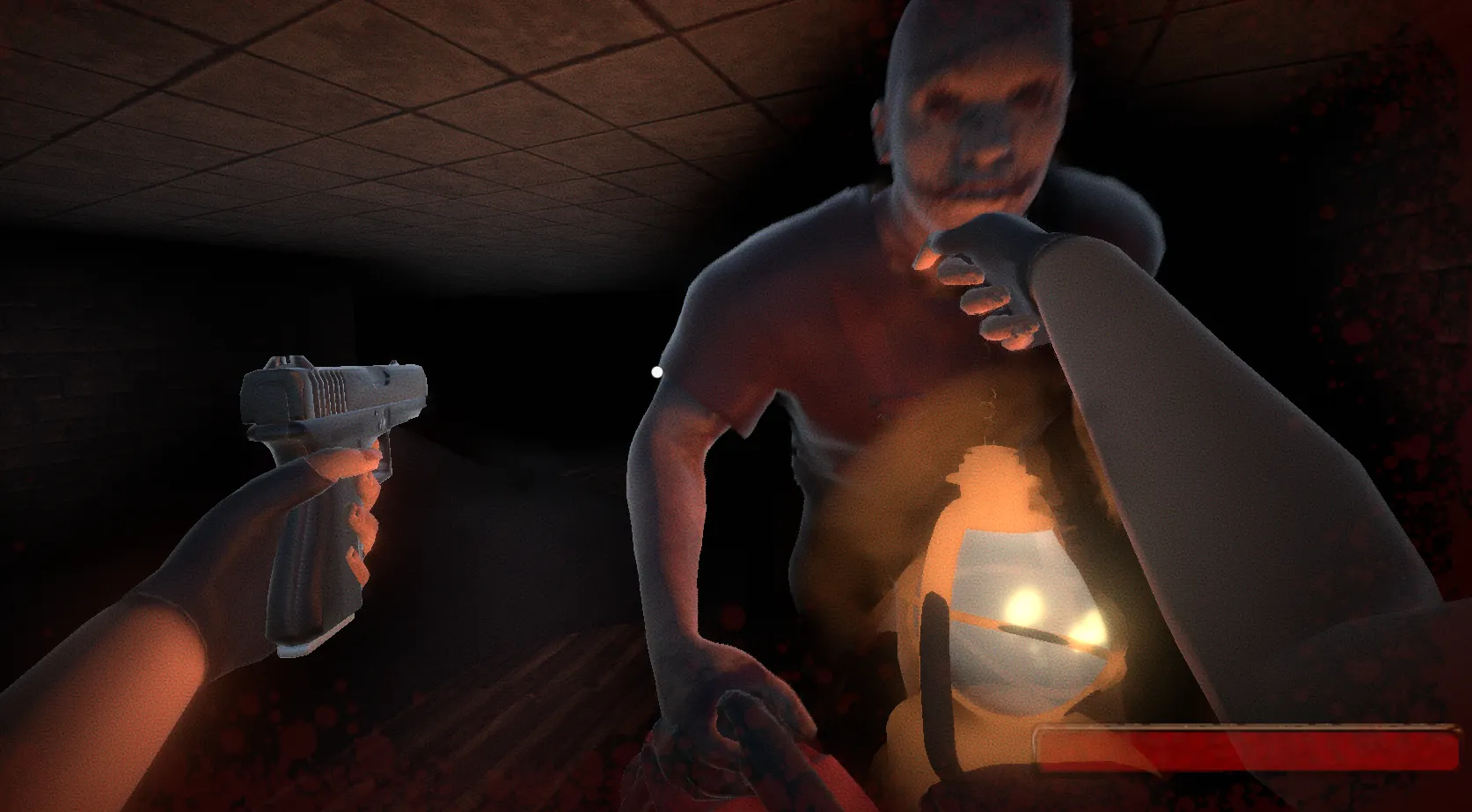Hacking a Unity Game Using dnSpy
Hi everyone! In this article, I’ll walk you through an example of hacking a Unity application using a tool called dnSpy. The target? A Unity game developed by my friend George.
It all started when my friend challenged me to beat the first-level of her game. He made it intentionally difficult, confident I couldn’t pass it. As a cybersecurity enthusiast with a focus on penetration testing and reverse engineering, I accepted the challenge — but I had a few tricks up my sleeve.
The Game: HORROR MAZE
 Let me introduce you to the game. It’s called HORROR MAZE. Once you hit the start button, you’re dropped into a maze filled with zombies. You’re armed with a gun, and your mission is to survive and shoot the zombies. There’s a health bar on the bottom-right corner of the screen showing your current health. Here’s the catch:
Let me introduce you to the game. It’s called HORROR MAZE. Once you hit the start button, you’re dropped into a maze filled with zombies. You’re armed with a gun, and your mission is to survive and shoot the zombies. There’s a health bar on the bottom-right corner of the screen showing your current health. Here’s the catch:
- If a zombie touches you — you die instantly.
- It takes four bullets to kill a zombie.
- That’s why the level is so tough!
How Unity Applications Work
Unity applications are built using the .NET framework, meaning the underlying code is usually written in C#. When you explore a Unity application, you’ll find a DLL file called Assembly-CSharp.dll. This file contains all the game logic — and this is what we’ll reverse engineer.
Step-by-Step: Reversing with dnSpy
First, download and open dnSpy — a powerful tool for .NET reverse engineering. Once open:
- Go to
File > Openand select theAssembly-CSharp.dllfile from the game directory. - Browse through the code to understand how the game mechanics work.
- In my case, I found the class responsible for managing the player’s health.
Here’s a snippet of the code I found:
1
2
3
4
5
6
7
8
9
10
11
12
13
14
15
16
17
18
19
20
21
22
23
24
25
26
27
using System;
using UnityEngine;
public class EnemyHealth : MonoBehaviour
{
private void Start()
{
this.currentHealth = this.maxHealth;
}
public void TakeDamage(int damageAmount)
{
this.currentHealth -= damageAmount;
if (this.currentHealth <= 0)
{
this.Die();
}
}
private void Die()
{
base.gameObject.GetComponent<Animator>().SetBool("Death", true);
}
public int maxHealth = 100;
private int currentHealth;
}
The Hack: Infinite Health
As you can see, this method handles damage:
1
2
3
4
5
6
7
8
public void TakeDamage(int damageAmount)
{
this.currentHealth -= damageAmount;
if (this.currentHealth <= 0)
{
this.Die();
}
}
It subtracts the damage from your current health. When health hits 0, the player dies.
But here’s the funny part: I changed it to add the damage instead of subtracting it:
1
this.currentHealth += damageAmount;
So now, every time a zombie hits me, my health increases instead of decreasing! 😂
The game already has a check in place that prevents overflow, so there were no issues with the health going above the max limit.
To make this change in dnSpy:
- Right-click on the method → Select Edit Method (C#).
- Modify the code
- Right-click again → Choose Compile
- From the top bar, click Save All to apply changes
- Close dnSpy and launch the game
And NOW — I’m now invincible in the game. The zombies keep attacking, but I don’t lose a single point of health. Mission accomplished. 🎉
THANKS FOR READING ❤️

